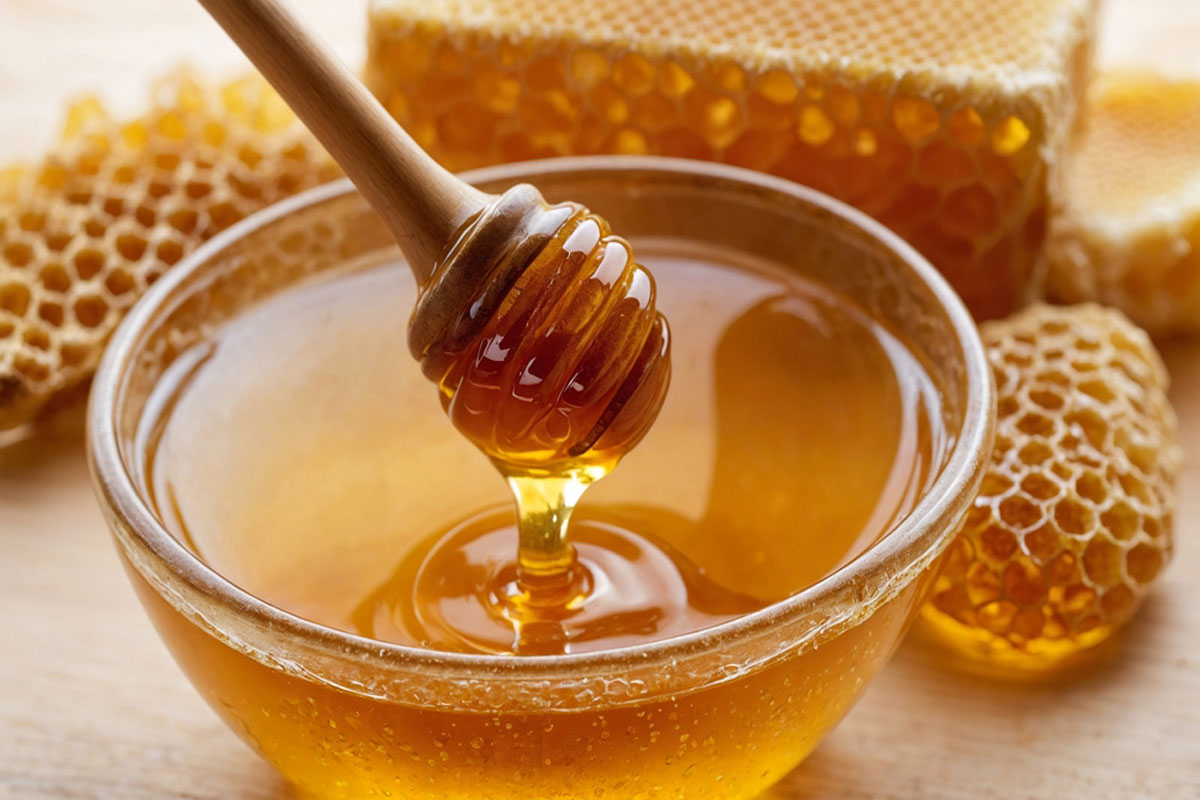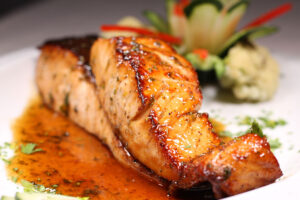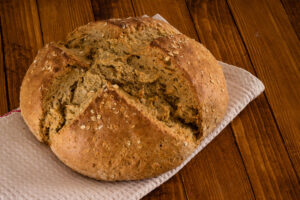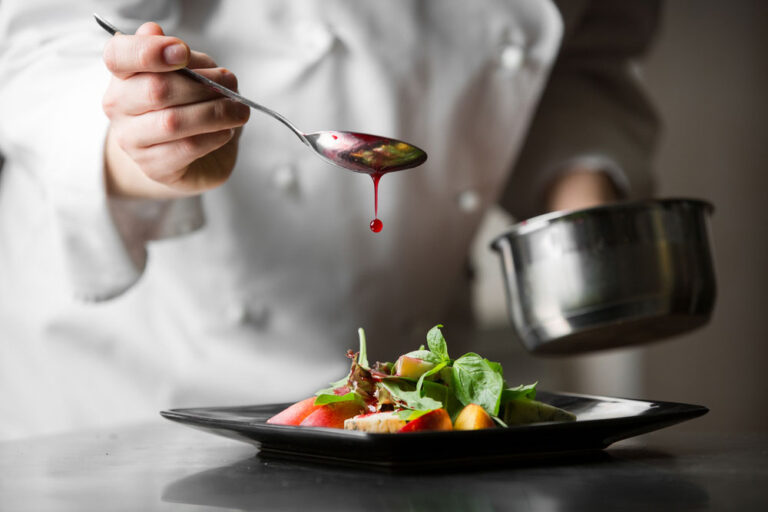Introduction to Irish Honey and Its Distinctive Taste
Ireland’s diverse landscape, with its rolling fields, rugged coastlines, and vast heathlands, provides the perfect environment for producing rich and flavorful honey. The country’s mild climate and abundant wildflowers allow bees to collect nectar from a variety of unique sources, resulting in distinct honey varieties that reflect the character of the land.
Irish honey is renowned for its depth of flavor, ranging from the bold and earthy notes of heather honey to the light, floral sweetness of clover honey. Each type of honey carries the essence of the plants that bees visit, influenced by regional soil, weather, and seasonal blooms. This connection between honey and its environment makes Irish honey truly special, offering a range of tastes that change throughout the year.
For centuries, honey has been an important part of Irish life, used as a natural sweetener, a medicinal remedy, and even in brewing traditional mead. Ancient Irish texts reference beekeeping and the value placed on honey, highlighting its significance in both cuisine and culture. Today, Irish beekeepers continue to produce some of the purest and most sought-after honey, keeping age-old traditions alive while adapting to modern conservation efforts.
Among the many varieties, heather honey stands out for its rich, complex flavor and thick, almost jelly-like texture. This prized honey, harvested from the purple heather-covered hills, is one of Ireland’s most distinctive and celebrated honeys. In contrast, clover honey, gathered from Ireland’s lush pastures, offers a milder, smoother sweetness, making it a favorite for everyday use.
By exploring the unique flavors of Irish honey, we gain a deeper appreciation for the country’s natural beauty and the hardworking bees that make it all possible. Each jar of Irish honey tells a story of the land, the flowers, and the changing seasons, making it more than just a sweet treat—it’s a true taste of Ireland.
Heather Honey: Ireland’s Liquid Gold
Heather honey is one of Ireland’s most prized and distinctive varieties, celebrated for its bold flavor and rich, aromatic qualities. Sourced from the nectar of wild heather plants that blanket Ireland’s rugged hills and boglands, this honey stands out for its deep amber color, thick consistency, and complex taste.
Unlike lighter honeys, heather honey has a strong, almost smoky flavor with hints of caramel and a slightly bitter aftertaste. It is often described as “the whiskey of honeys” due to its robust character and lingering depth. The texture is also unique—heather honey is thixotropic, meaning it has a jelly-like consistency that becomes more fluid when stirred. This natural thickness makes it ideal for spreading on warm bread or pairing with cheese and yogurt.
The heather plant thrives in Ireland’s peaty soils, particularly in the west and midlands, where bees gather its nectar from late summer into early autumn. Because heather flowers bloom for a relatively short time, the honey produced is limited, making it a highly sought-after delicacy. Many beekeepers move their hives to heather-rich areas in August to ensure a good harvest before the flowers fade.
Beyond its exceptional taste, heather honey is also valued for its health benefits. It is packed with antioxidants, has natural antibacterial properties, and is often used as a remedy for sore throats and digestive issues. Its high pollen content also makes it a favorite among those seeking natural support for seasonal allergies.
For those who appreciate strong, full-bodied flavors, heather honey is a must-try. Its boldness pairs beautifully with aged cheeses, roasted meats, and even a drizzle over vanilla ice cream for a unique contrast of flavors. Whether enjoyed by the spoonful or incorporated into recipes, this wild and rugged honey truly captures the essence of Ireland’s untamed landscapes.
Clover Honey: The Light and Floral Taste of Ireland
In contrast to the bold, smoky depth of heather honey, clover honey offers a lighter, smoother taste that is cherished for its delicate sweetness. This honey is derived from the nectar of white and red clover blossoms, which thrive in Ireland’s lush pastures and rolling meadows. Clover is one of the most abundant wildflowers in the country, making clover honey a staple among Irish beekeepers and honey lovers alike.
Clover honey is pale golden in color, often with a slightly creamy consistency when crystallized. Its flavor is mild yet complex, with floral notes and a subtle hint of vanilla. Unlike the robust heather honey, clover honey has a more neutral profile, making it a versatile ingredient in both sweet and savory dishes. It blends seamlessly into tea, drizzles beautifully over fresh fruit, and enhances baked goods without overpowering other flavors.
The widespread presence of clover in Ireland, particularly in regions with rich, fertile soils, allows bees to produce this honey in generous quantities during the summer months. The result is a smooth and consistently high-quality honey that captures the gentle essence of the Irish countryside.
Aside from its pleasant taste, clover honey is also valued for its health benefits. It contains natural enzymes, antioxidants, and antibacterial properties that support immune health. Its mild flavor makes it an excellent choice for soothing sore throats or adding a natural boost to homemade remedies.
Clover honey’s light, floral sweetness makes it a favorite among those who enjoy a more delicate honey experience. Whether spread on warm soda bread, mixed into a cup of herbal tea, or used as a natural sweetener in recipes, it provides a taste of Ireland’s fertile fields in every spoonful.
Ivy Honey: Ireland’s Autumn Harvest
Among Ireland’s distinctive honeys, ivy honey is one of the most unusual and overlooked varieties. Produced from the nectar of the common ivy (Hedera helix), this honey is harvested in the autumn when most other floral sources have faded. As one of the last major nectar flows of the year, ivy honey plays a crucial role in sustaining Irish bee populations before winter.
Ivy honey is easily recognizable by its thick, almost solid texture. Unlike the smooth, flowing consistency of clover or the jelly-like quality of heather honey, ivy honey crystallizes rapidly into a creamy, grainy form. Its color ranges from light amber to deep golden brown, depending on the region and weather conditions during harvest.
In terms of flavor, ivy honey is strong and aromatic, with a rich, slightly medicinal taste that carries notes of herbs and aniseed. Some describe it as having a cooling aftertaste, similar to eucalyptus. While its intensity may not appeal to everyone, those who appreciate bold, complex flavors often enjoy ivy honey as a natural remedy or a unique addition to their pantry.
Beyond its taste, ivy honey is prized for its health benefits. It is known for its antimicrobial properties and is traditionally used to soothe coughs, clear congestion, and support respiratory health. In Ireland, where ivy thrives along hedgerows, woodlands, and stone walls, this honey has long been valued for its natural healing qualities.
Due to its rapid crystallization, ivy honey is best enjoyed in its naturally thickened form, making it ideal for spreading on toast or stirring into warm drinks. It also pairs well with cheeses, nuts, and earthy flavors, offering a taste that reflects Ireland’s wild autumn landscapes.
Wildflower Honey: A Taste of Ireland’s Blooming Countryside
Wildflower honey is perhaps the most diverse and ever-changing variety of Irish honey, as it is produced from the nectar of multiple flowers that bloom throughout the seasons. Unlike single-origin honeys like heather or clover, wildflower honey is a reflection of the land, the weather, and the specific flowers available to bees at any given time. This results in a honey that varies in color, flavor, and texture depending on the region and season in which it was harvested.
Irish wildflower honey can range from pale gold to deep amber, with flavors that shift from light and floral in spring to rich and earthy in late summer. Some common nectar sources include blackberry blossoms, hawthorn, dandelion, buttercups, and meadowsweet, all of which contribute to its complex and layered taste. This variety makes wildflower honey an exciting choice, as no two batches are exactly the same.
One of the most appealing aspects of wildflower honey is its versatility. Its balanced sweetness makes it an excellent all-purpose honey, perfect for drizzling over porridge, stirring into tea, or using in salad dressings and marinades. Many Irish beekeepers take pride in their wildflower honey, as it represents the natural diversity of their local environment and showcases the hard work of their bees across the seasons.
Beyond its delightful taste, wildflower honey is also known for its health benefits. Since it contains pollen from a variety of plants, it is often used as a natural remedy to support immune health and ease seasonal allergies. Its antibacterial properties also make it a valuable addition to home remedies for sore throats and skin care.
Wildflower honey truly captures the essence of Ireland’s changing landscapes, offering a taste of the hedgerows, meadows, and gardens that make up the country’s vibrant countryside. Whether enjoyed in its raw form or used as a natural sweetener, this honey is a testament to the rich biodiversity of Ireland and the vital role that bees play in maintaining it.
From the bold intensity of heather honey to the delicate sweetness of clover, the medicinal strength of ivy, and the floral complexity of wildflower honey, Irish honey is a true reflection of the land from which it comes. Each variety tells a unique story, offering a glimpse into Ireland’s natural beauty and the hardworking bees that make it all possible.
IRISH HONEY-GLAZED SALMON
Description: This simple yet flavorful dish highlights the natural sweetness...
Read MoreIRISH HONEY AND OAT SODA BREAD
Description: This traditional Irish soda bread is given a delicious...
Read More







